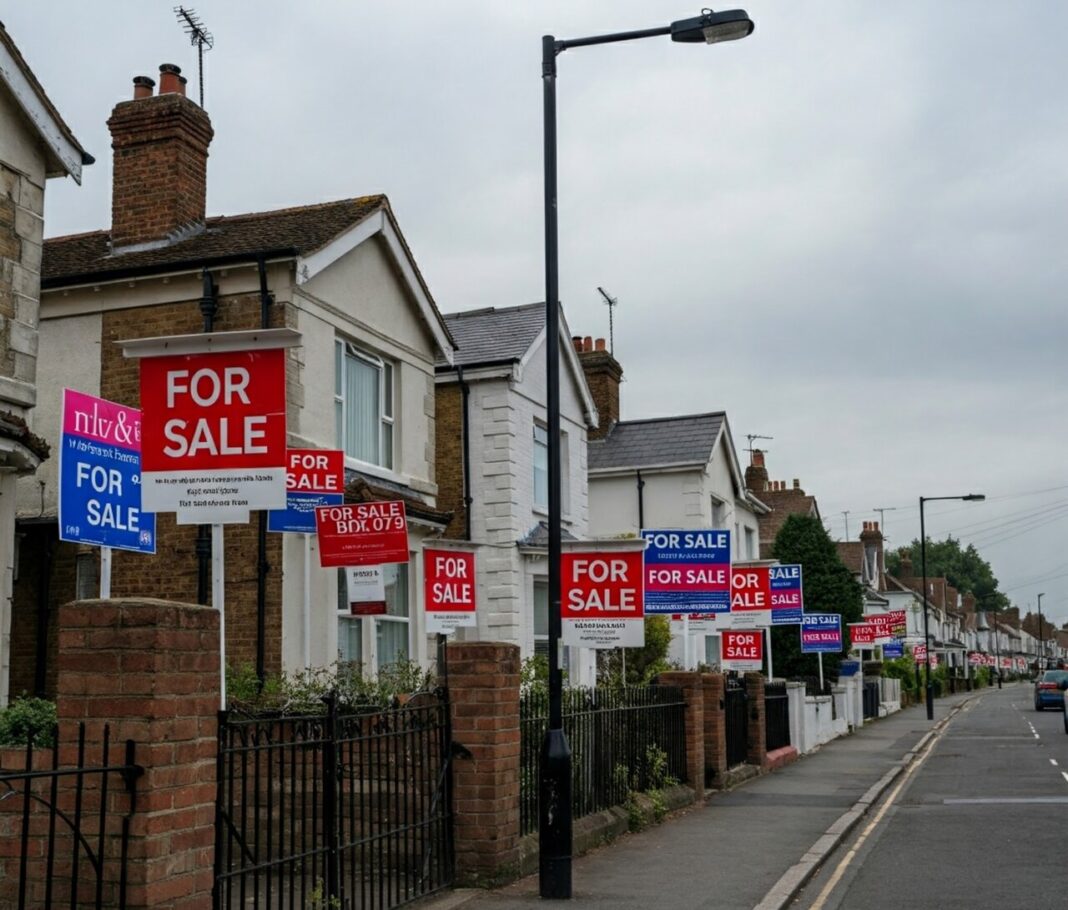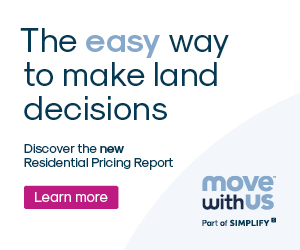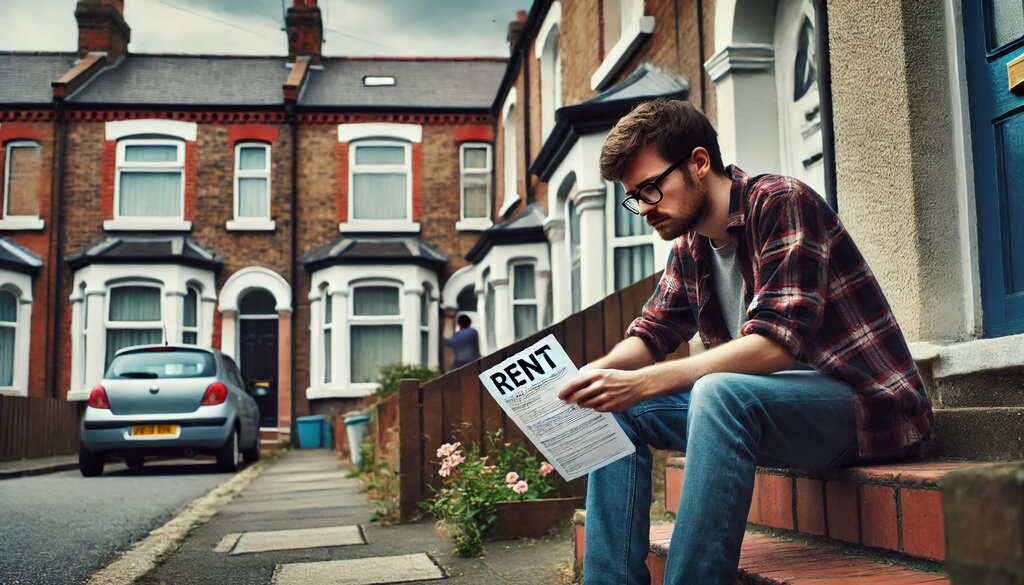The sharpest monthly drop in UK house prices in over a decade has not been enough to dampen momentum in several local property hotspots, new data reveals as some pockets of the market continue to post robust price growth, even as wider sentiment cools.
The latest UK House Price Index from HM Land Registry reported a 3.7% fall in average house prices during April 2025 – the steepest monthly decline since the global financial crisis – following the end of temporary stamp duty relief at the close of March.
But while the national narrative is one of a post-incentive cooldown, analysis from eXp UK, the personal estate agency platform, shows a more complex and localised picture.
Since the start of the year, average house prices in England are down just 0.9%, with several regions and submarkets diverging sharply from the national trend.
REGIONAL DECLINES
At the regional level, the most significant year-to-date price falls have occurred in the North West (-1.9%), North East (-1.6%), West Midlands (-1.3%), and South West (-1.2%). These markets, many of which had previously seen strong pandemic-era growth, are now showing signs of recalibration.
Only London has managed to escape a regional decline since January – but even there, a closer look reveals a bifurcated market. Some of the steepest local price drops have been recorded in traditionally high-value boroughs, with Camden (-8.6%), Hammersmith and Fulham (-7.8%), and Westminster (-5.7%) leading the slide.
These declines reflect a broader cooling at the upper end of the capital’s prime property market, where affordability, tax exposure, and buyer caution are exerting downward pressure.
Other underperforming areas include Castle Point and Broadland (both -4.9%), Tower Hamlets (-4.8%), and Adur in West Sussex (-4.5%).
LOCAL HOTSPOTS
Despite the broader downturn, a handful of markets are staging impressive growth. Salford tops the list with prices up 7.6% year-to-date, followed closely by Middlesbrough and Uttlesford (both up 7.5%).
Other strong performers include North Kesteven (6.8%), Basingstoke and Deane (6.7%), Tandridge (6.6%), East Staffordshire (6.4%), Ribble Valley (6.2%), Barking and Dagenham (5.9%), and Kingston upon Thames (5.7%).
These outperformers reflect a mix of affordability, proximity to economic hubs, and local regeneration efforts.
In several cases, they also mark a shift in buyer preferences post-pandemic, with renewed interest in urban cores and commuter-friendly districts, particularly those with comparatively low entry points and good transport links.
TRANSITIONING MARKET

Adam Day, Head of eXp UK and Europe, says: “This latest reduction in property values is a clear reflection of the impact government support can have on buyer behaviour – with the end of the stamp duty incentive pulling forward demand into Q1 and creating a vacuum in April.
“But beneath the headline figures, the market remains diverse and dynamic.
“We’re seeing sustained buyer interest and price growth in a wide range of regions – from Salford, to Middlesbrough, Uttlesford and Tandridge. These hotspots show that well-connected, affordable, or desirable areas are continuing to attract strong interest.
“As always, property remains a hyper-local asset, and while some parts of the country are undergoing correction, others are thriving.”










